Washington Mushroom Foraging Guide Part 2 | Fall 2025 Tips & Locations
Washington Mushroom Foraging Guide Part 2 | Fall 2025 Tips & Locations
If you’ve lived in the Pacific Northwest for even a minute, you already know that fall isn’t just a season here — it’s a mood. The air turns crisp, the forests wake up after summer’s dry spell, and the scent of cedar and earth fills every trail. For many locals (myself included), this is the time to grab a basket, lace up the boots, and head into the woods for one of the most fascinating PNW pastimes: mushroom foraging. Whether you’re a first-time forager or a seasoned fungi fan, fall in Southwest Washington is a dream. Let’s dive into the best spots, tips, and reasons why this time of year showcases everything that makes living here so special.
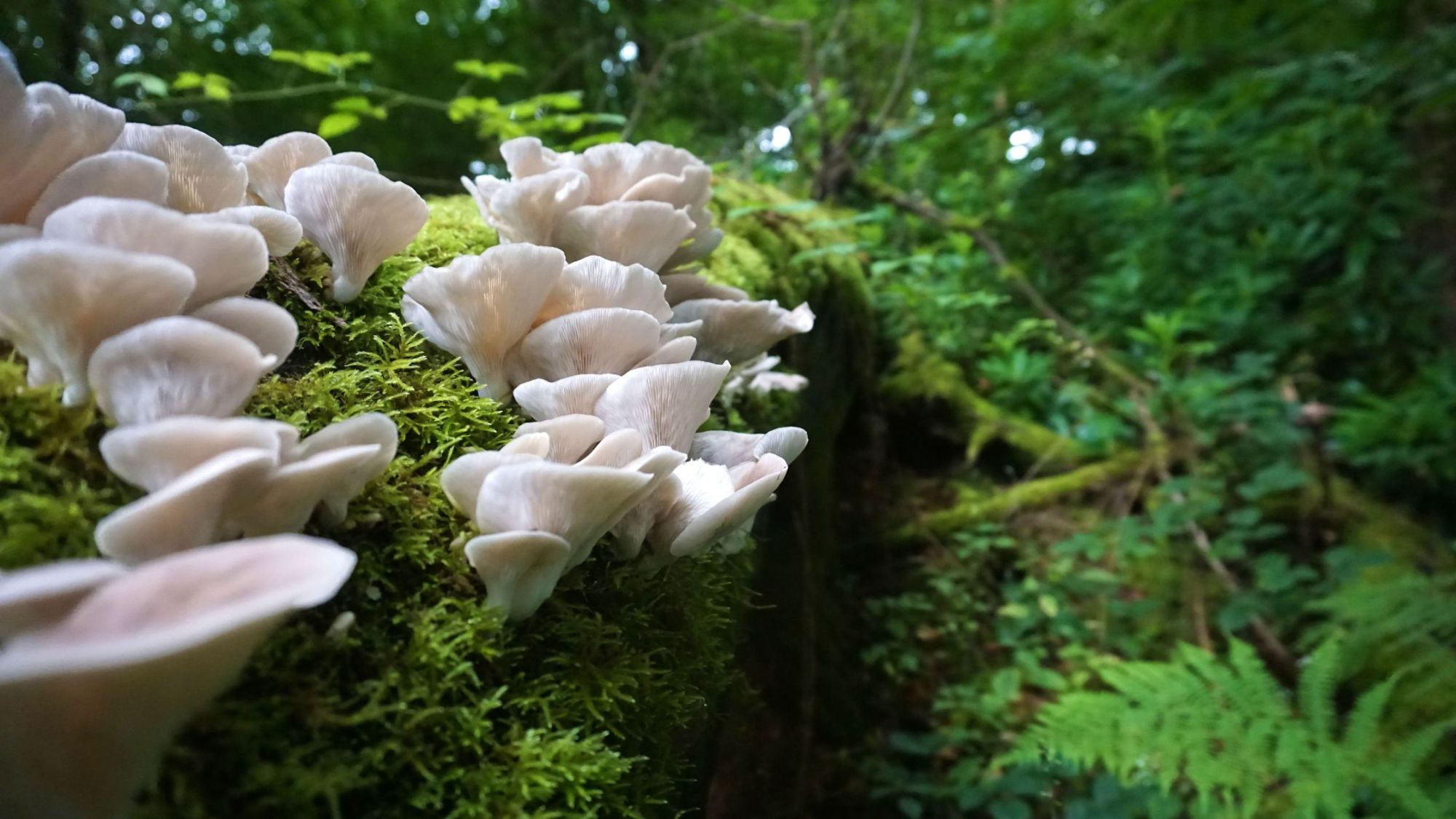
Why Fall is Prime Mushroom Season in Washington
Washington’s west side is basically heaven for mushrooms. Our lush evergreen forests, steady rainfall, and rich soil create the perfect growing conditions for hundreds of edible fungi species.
From September through November, the forest floors explode with color — golden chanterelles, plump porcini (king boletes), bright orange lobster mushrooms, and the delicate hedgehog mushrooms are all in season.
If you’re new to foraging, this is the easiest time to start. The mushrooms are plentiful, the weather is cool but comfortable, and many communities host guided hikes and mushroom festivals that make learning fun (and safe).
The Art of Mushroom Foraging: What to Know Before You Go
Before you wander off into the woods with a knife and basket, let’s talk about how to do it right.
-
Join a local mycological society.
The Puget Sound Mycological Society (PSMS) is one of the largest mushroom clubs in the U.S., and they regularly hold workshops and forays. Closer to home, check out the Southwest Washington Mycological Society and Gifford Pinchot Mushroom Foragers on Facebook — both share updates on local events, identification help, and seasonal finds. -
Go with an expert at least once.
Guided tours like Forage Seattle or Hood Canal Adventures offer hands-on mushroom hunts with professionals who can teach you how to identify edible versus toxic species. Once you’ve done it once or twice, you’ll be amazed how fast your eye learns to spot them. -
Know the rules.
Most national forests allow personal-use mushroom foraging, but you’ll need a free permit in areas like Gifford Pinchot National Forest. Always check local regulations and stick to designated public lands. -
Be respectful.
Take only what you need, leave some mushrooms behind for wildlife and spores, and cover any disturbed ground. We want future generations (and other foragers) to enjoy this too.
Top Mushroom Foraging Spots in Washington
There are incredible places to forage all across the state — but let’s focus on the ones that make sense for locals and weekend adventurers from Vancouver and Portland.
1. Olympic Peninsula
The Olympic Peninsula is mushroom paradise — it has over 1,400 known species, making it the most diverse fungi region in Washington.
-
What to find: Chanterelles, king boletes, oyster mushrooms.
-
Where to go: Try the Hoh Rainforest, Sol Duc Valley, and Quinault areas of Olympic National Park. You can collect up to one quart of mushrooms per person per day.
-
Bonus: The Olympic Peninsula Fungi Festival in Port Angeles each October features workshops, cooking demos, and guided forays.
If you’re headed that way, the Lake Quinault Lodge makes a cozy home base surrounded by moss-covered trails and fairy-tale-level forest views.
2. Mount Rainier & Mount St. Helens
South of Seattle — and not too far from Vancouver — the forests near Mount Rainier and Mount St. Helens are classic fall foraging zones.
-
Look for: Chanterelles, lobster mushrooms, shaggy manes, and pig’s ears.
-
Best areas: Around Longmire, Ohanapecosh, and White River at Mount Rainier National Park.
-
Regulations: You can harvest up to one gallon of edible fungi per person, per day.
At Mount St. Helens, foraging is not allowed inside the National Volcanic Monument, but the Mount St. Helens Institute hosts guided hikes every fall that teach mushroom ID and ecology — perfect for beginners.
These hikes often fill up quickly, so book early (and bring a thermos of coffee — those misty mornings are pure PNW magic).
3. Gifford Pinchot National Forest
This is my personal favorite — and one of the most accessible for those of us in Southwest Washington.
Stretching across Clark, Skamania, and Cowlitz counties, Gifford Pinchot covers over a million acres of old-growth forest, waterfalls, and volcanic ridges.
-
Look for: Chanterelles, king boletes, matsutakes, lobster mushrooms.
-
Hotspots: Around Cougar, Carson, Trout Lake, and the lower elevations near Swift Reservoir.
-
Permit: You’ll need a free personal-use mushroom permit, available online or at ranger stations in Amboy or Carson.
What makes this area special is how varied it is — you can hunt mushrooms in deep cedar groves one weekend and explore alpine meadows the next. Plus, it’s only about an hour from Vancouver, making it perfect for a Saturday adventure.
4. Southwest Washington: Local Hidden Gems
If you don’t want to drive too far, you don’t have to. There are plenty of local spots near Vancouver, Camas, and Woodland where you can find chanterelles after a good rain.
Here are a few favorite foraging zones locals love (just remember to check current conditions and rules):
-
Larch Mountain (Skamania County): A mix of hemlock and Douglas fir forests — ideal for golden chanterelles and coral mushrooms.
-
Chelatchie Prairie & Yale Reservoir: Moist forest floors and decaying logs create a prime mushroom habitat.
-
Battle Ground Lake State Park: Small harvests are possible here — great for beginners wanting to learn identification.
-
Lewis River Recreation Area: From Lucia Falls up to Moulton Falls, trails after a few days of rain often reveal chanterelle clusters.
-
Woodland & the Lower Gifford Pinchot foothills: Matsutakes and lobster mushrooms appear after mid-October.
If you go early in the morning, you’ll often see locals with baskets and small knives — and yes, we usually exchange a friendly nod but never reveal exactly where we’re finding them. Mushroom hunters are protective like that!
5. San Juan & Whidbey Islands
These islands aren’t exactly next door, but they’re worth the ferry ride if you’re planning a fall getaway.
-
Find: Oyster and lobster mushrooms, cauliflower mushrooms, and rare varieties.
-
Best spots: Moran State Park on Orcas Island or Turtleback Mountain Preserve.
-
On Whidbey Island, Whidbey Wild Mushroom Tours hosts seasonal guided walks with expert foragers.
Essential Gear for Mushroom Foraging
If you’re ready to head out, make sure you’re properly equipped:
-
Basket or mesh bag: Keeps mushrooms fresh and lets spores spread.
-
Small knife: For clean cuts (a folding mushroom knife is perfect).
-
Layers and waterproof gear: You’ll likely get rained on — welcome to the PNW!
-
Guidebook or field app: “All That the Rain Promises and More” is a local favorite.
-
Snacks, water, and emergency essentials: Always treat mushroom hunting like a hike — because it is one.
And a quick note — when in doubt, throw it out. There are toxic lookalikes, and apps aren’t always reliable. Always double-check with an expert or identification group before eating anything new.
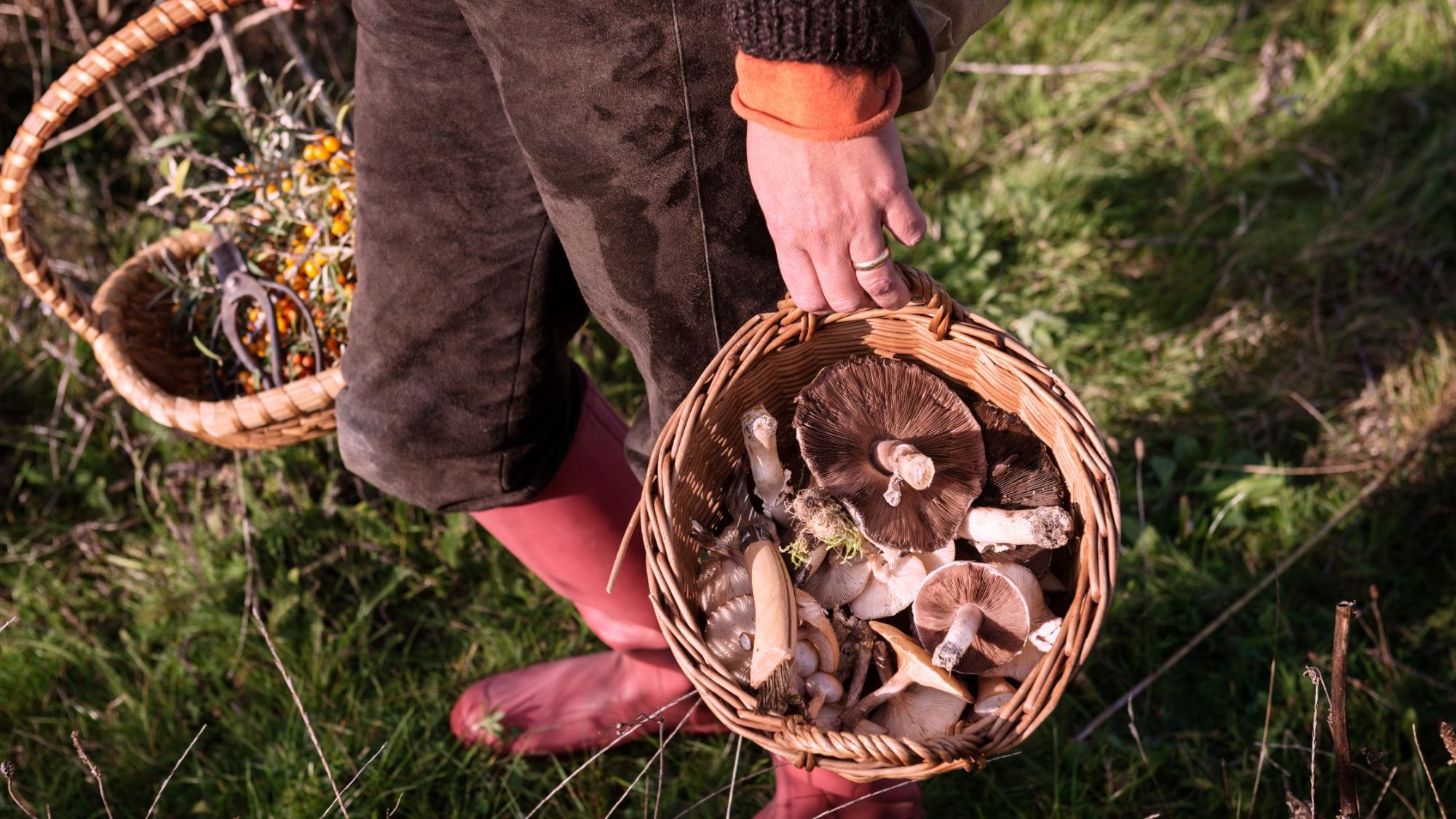
Responsible Foraging: The PNW Way
Mushroom foraging isn’t just about gathering food — it’s about connecting with nature. Responsible foraging means leaving no trace, respecting other foragers, and understanding that fungi play an important role in the ecosystem.
Never rake the forest floor or trample mossy areas. Use a knife instead of pulling mushrooms out by the root. And please, don’t post exact GPS coordinates of your finds online — it can lead to overharvesting in fragile ecosystems.
This slow, respectful pace of life is exactly why so many people fall in love with the Pacific Northwest — and eventually decide to make it home.
Living the Forager’s Lifestyle in Southwest Washington
Here’s where real estate and lifestyle meet. Living in Vancouver, Camas, or Ridgefield gives you front-door access to some of the best outdoor adventures in the country.
Imagine finishing your workday and being just 45 minutes from Gifford Pinchot’s mushroom-covered trails. Weekends mean spontaneous forest hikes, cozy evenings by the fire, and farm-to-table dinners featuring your own foraged chanterelles sautéed in butter.
That’s the PNW lifestyle — and it’s a big reason why so many people are relocating here from across the country.
Tips for New Residents Who Want to Try Foraging
If you’re moving here (or thinking about it), fall is the perfect time to explore your new backyard.
-
Start small. Join a guided tour or attend a festival like the Olympic Peninsula Fungi Festival or Quinault Rainforest Mushroom Festival.
-
Learn the land. Washington’s public forests each have different rules, so it’s worth stopping by a ranger station to grab a map and ask questions.
-
Connect with community. The mushroom world here is friendly — you’ll meet retirees, young families, and lifelong locals who love sharing knowledge (just not secret spots!).
-
Document your finds. Keep a little notebook or take photos. You’ll be amazed how quickly your knowledge grows year after year.
Why Fall in the PNW Feels Like Home
Every October, when the rain starts to fall and the forests come alive again, I’m reminded why I love living here. The misty mornings, the smell of pine needles, the golden light filtering through the evergreens — it’s pure magic. Mushroom foraging isn’t just about food. It’s about connection. To nature, to the seasons, and to each other. It’s the kind of experience that makes you slow down, breathe deep, and feel grateful to live in a place that’s as wild and generous as Southwest Washington.
So, grab your boots and basket — the forest is calling.
And if you ever need help finding not just mushrooms, but your perfect home base for this incredible lifestyle, you know where to find me.
Related Reads
If you’re planning a fall weekend getaway or just want to make the most of the season here in Vancouver, WA and Portland, OR, don’t miss these local guides and event roundups. From pumpkin patches to Oktoberfest fun, these reads will help you soak in every bit of Pacific Northwest autumn magic:
-
Vancouver WA Fall Events October 10-12 2025 | Pumpkin Lane, Oktoberfest & More
-
Vancouver WA Fall Events October 2025: Pumpkin Pageant, BirdFest & Dozer Day
Sign up for my monthly newsletter to receive expert advice, important local updates, and insider knowledge on the best ways to thrive in this unique region. Whether you're buying, selling, or simply curious about life in the Pacific Northwest, I've got you covered.
👉 Join my newsletter today and never miss a beat! Just enter your email below and get exclusive access to all things Southwest Washington. Let’s stay connected!
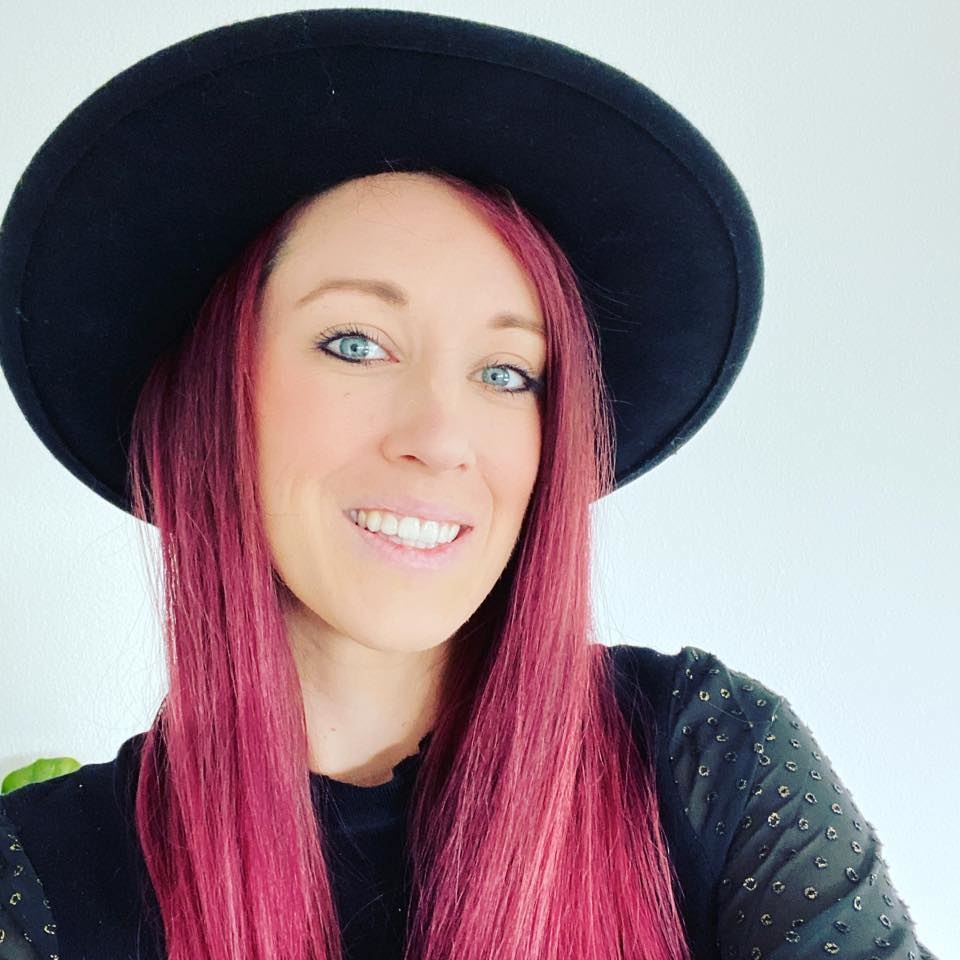
REALTOR® · REAL Broker · Licensed in WA & OR
⭐ 5.0 Rating | 44 Google Reviews | 105 Homes Sold | $55.7M in Sales
Categories
Recent Posts
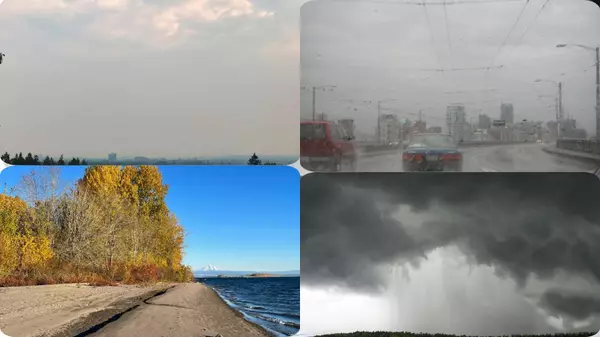
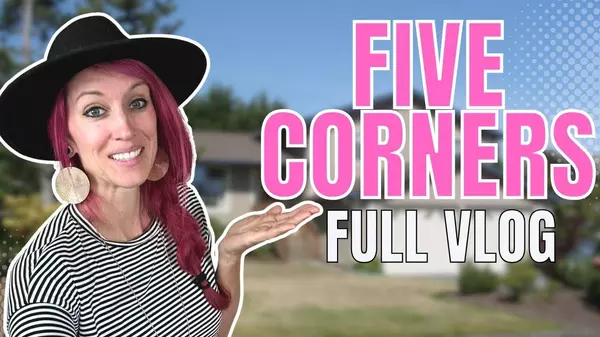
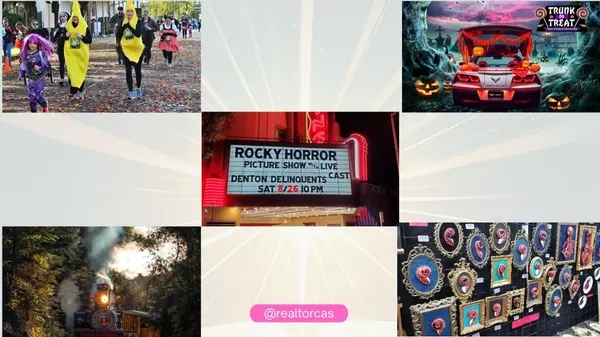
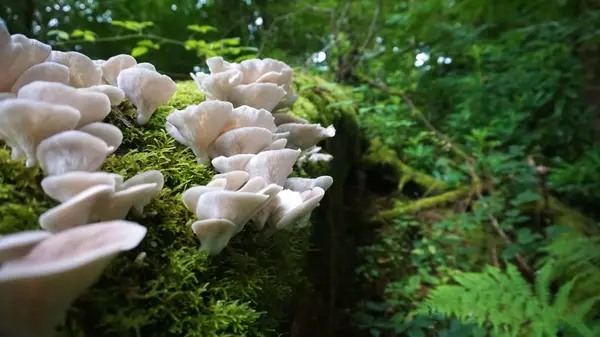

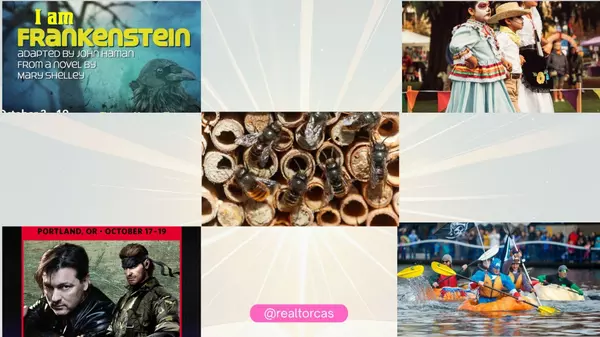
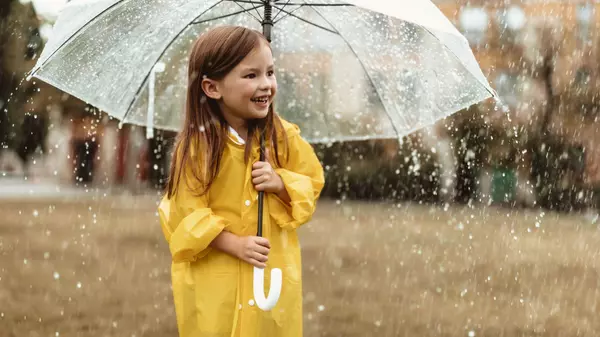
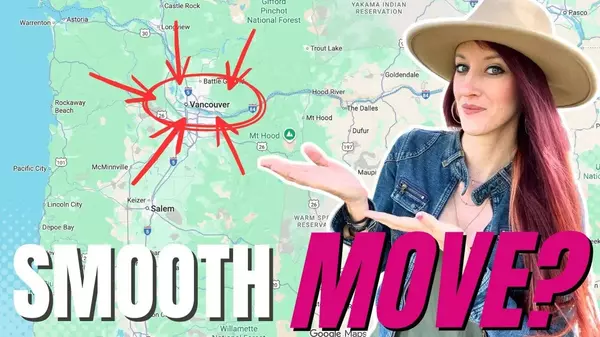
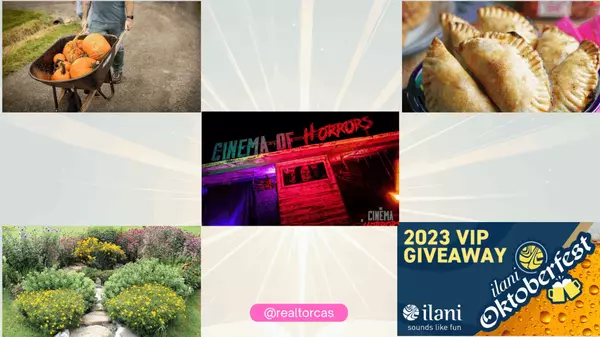
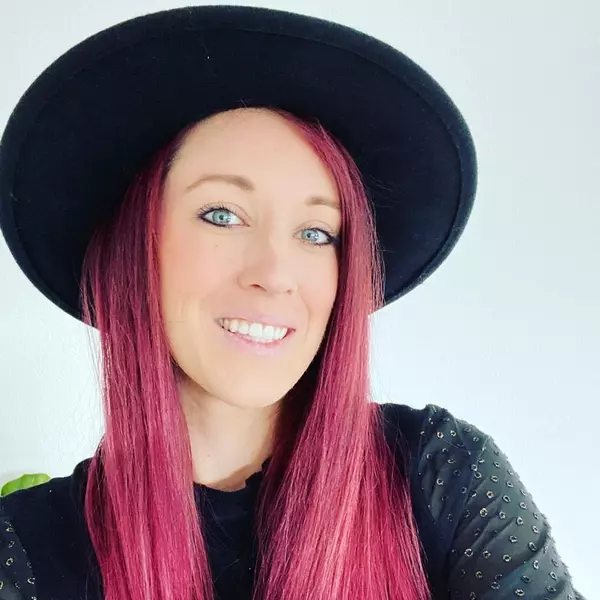
GET MORE INFORMATION

Cassandra Marks
Realtor, Licensed in OR & WA | License ID: 201225764
Realtor, Licensed in OR & WA License ID: 201225764
